An Ayutthaya day trip is a must for any visitor to Bangkok. Ayutthaya was the second capital of Thailand from the 15th to 18th centuries. (Sukhothai was the first – you can read about that ancient city here.) During its heyday, Ayutthaya was one of the world’s most cosmopolitan cities. Sadly it all came crashing down in 1767 when an attack by neighboring Burma left the city and its magnificent temples in smoldering ruins. What remains today, spectacular as it is, gives only the merest glimpse of the lost grandeur.
The following seven temples are among the top attractions of the Ayutthaya Historical Park, a UNESCO World Heritage Site. Practical information, such as transportation options and entrance fees, can be found below.
Ayutthaya Temple Ruins
Wat Phanan Choeng
Our first stop was Wat Phanan Choeng, which our driver proclaimed was his favorite temple in Ayutthaya. Inside we found a 19-meter seated Buddha that dates to the mid-1300s. This sacred image survived the Burmese attack because its gold was hidden beneath a layer of stucco. The trick wasn’t discovered until the 1960s when the temple was being restored.
Wat Yai Chai Mongkhon
The name of this temple translates to the Great Monastery of Auspicious Victory. Although the complex originally dates to the mid-1300s, it took its current form two centuries later. The large bell-shaped chedi is a victory monument honoring a defeat of Burma. That may have been a little premature.
Wat Ratchaburana
This temple boasts some of the best preserved details from the Kingdom of Ayutthaya. It marks the spot where two princes killed each other in a fight for the throne. Their surviving younger brother became king and built the temple in their memory. 20th century excavations of the crypt turned up many precious artifacts which are now housed in the National Museum in Bangkok.
Wat Mahathat
If you are looking for Ayutthaya’s famed Buddha head in a tree, you’ll find it at Wat Mahathat. A sandstone Buddha stares serenely from its cozy spot inside a mass of tree roots. No one is sure how it got there, though there are dozens of headless Buddha statues on the temple grounds. This was one of the most significant sites in Ayutthaya and the Burmese were especially brutal in their destruction. A lone Buddha statue survived intact and sits amid offerings at the back of the complex.
Wat Phra Si Sanphet
The largest and most important of all the Ayutthaya temples is Wat Phra Si Sanphet. It dates to the late 1300s and occupies the site of Ayutthaya’s original royal palace. Wat Phra Si Sanphet became a royal temple and monastery after a new palace was built in the following century. The temple’s three iconic chedi hold the ashes of former kings. The surrounding ruins were showcases of the kingdom’s great wealth. A 16-meter standing Buddha covered with over 300 kilograms of gold was the star. Smaller gold Buddhas wore garments and jewelry studded with diamonds and gemstones. Bangkok’s Wat Phra Kaew helps us imagine how grand Ayutthaya must have been.
Wat Lokaya Sutha
A 37-meter-long reclining Buddha welcomes visitors at this temple ruin. Most of the surrounding structures have totally collapsed, but this sleeping Buddha survived relatively unscathed. A small likeness lays on the alter before it. Worshippers wishing to apply gold leaf to the Buddha are asked to use the likeness as a proxy to preserve the large statue’s delicate features. This temple wasn’t listed in our guide book and we would have missed it without our helpful driver.
Wat Chaiwatthanaram
Angkor Wat was the inspiration for this temple’s Khmer-style design. It dates to 1630 and is a tribute to the mother of the king at the time. The temple faces west and is said to be a fantastic spot to watch the sunset. However, a drenching rainstorm dashed our hopes for that.
Bangkok to Ayutthaya
It is easy to take an Ayutthaya day trip from Bangkok. Budget travelers can arrange their own transportation on trains and minivans for the 80 kilometer journey. There are also plenty of group tour options. In the interest of time and comfort, my friends and I hired a taxi for the day through our Bangkok hotel. The concierge tried hard to upsell us to a more expensive guided tour package, but we stuck to our guns. As it turned out, our taxi driver was very knowledgeable about the temple ruins and took us to all the top sights without prompting. He provided interesting commentary throughout the day and recommended a fabulous café for lunch. Best of all, he kept the a/c in the car blasting.
You can find schedules and pricing for the various transportation options here.
Ayutthaya Visitor Tips
As with any temple in Thailand, you will need to dress appropriately at Ayutthaya. This means that shoulders and knees must be covered. Enforcement did not seem to be as strict as in Bangkok, but why risk it?
Foreigners must pay an entrance fee for Ayutthaya. This ranges from 20-50 baht per temple, though a few of the lesser known ones (like Wat Lokaya Sutha, mentioned above) are free. Alternatively, you can purchase an all-day pass for 220 baht which grants entry to six temples.
Check out my Bangkok itinerary to see how an Ayutthaya day trip fits into a four-day adventure.
Would you like to take an Ayutthaya day trip?
PIN this guide for later!
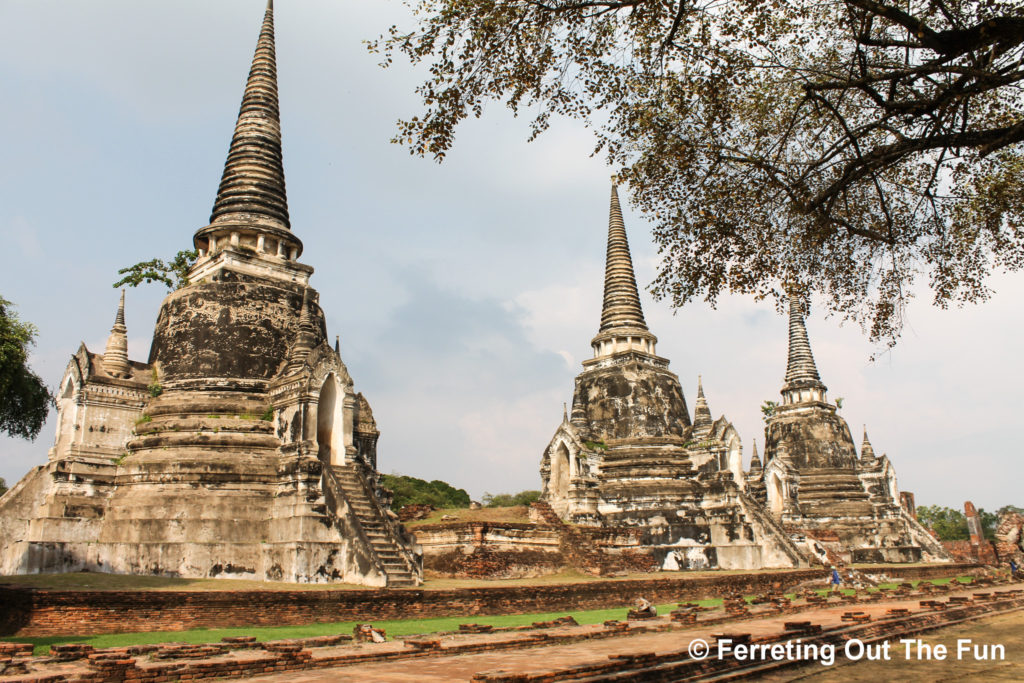
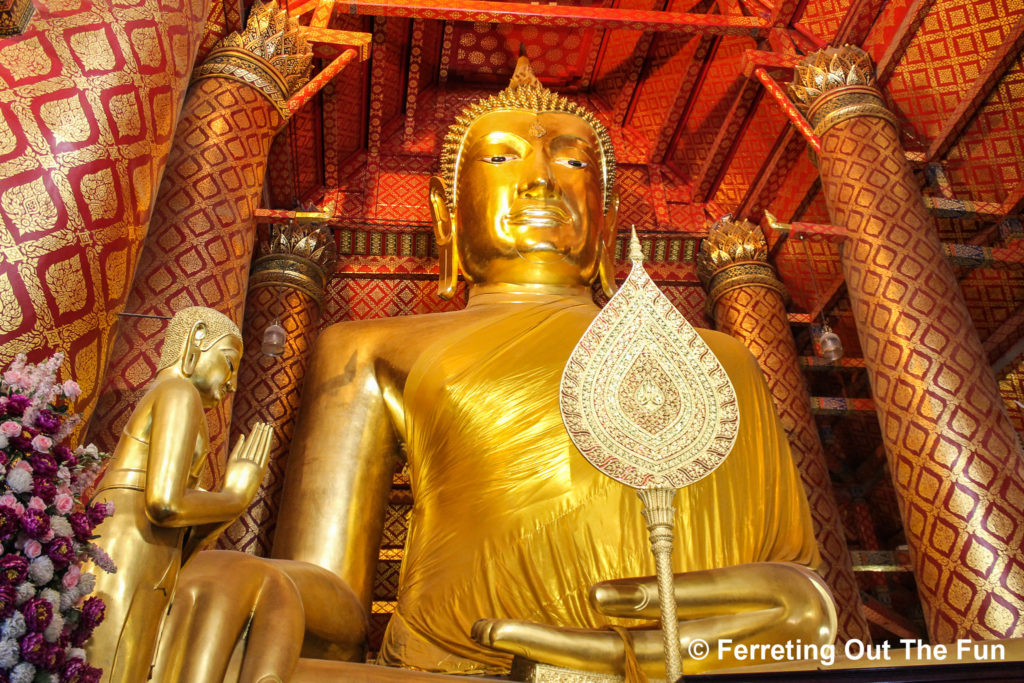
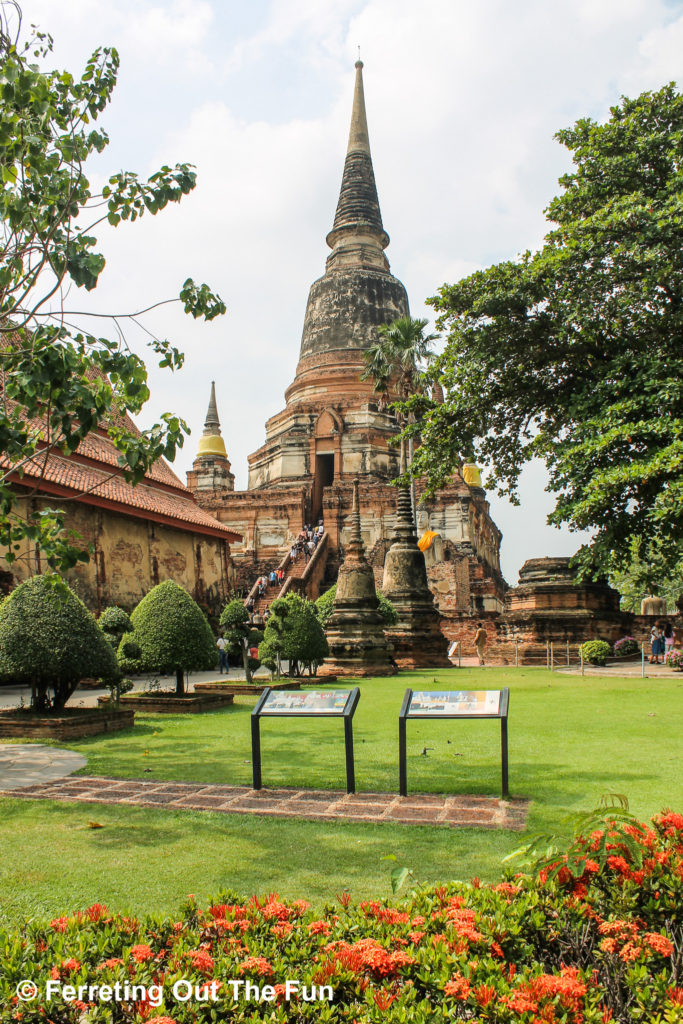
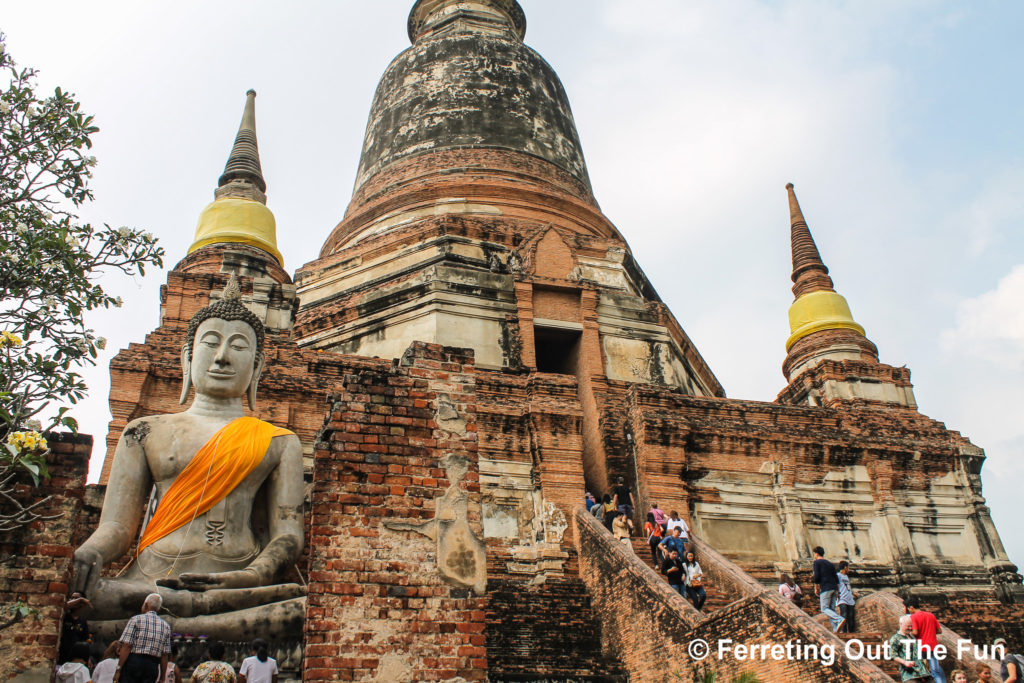
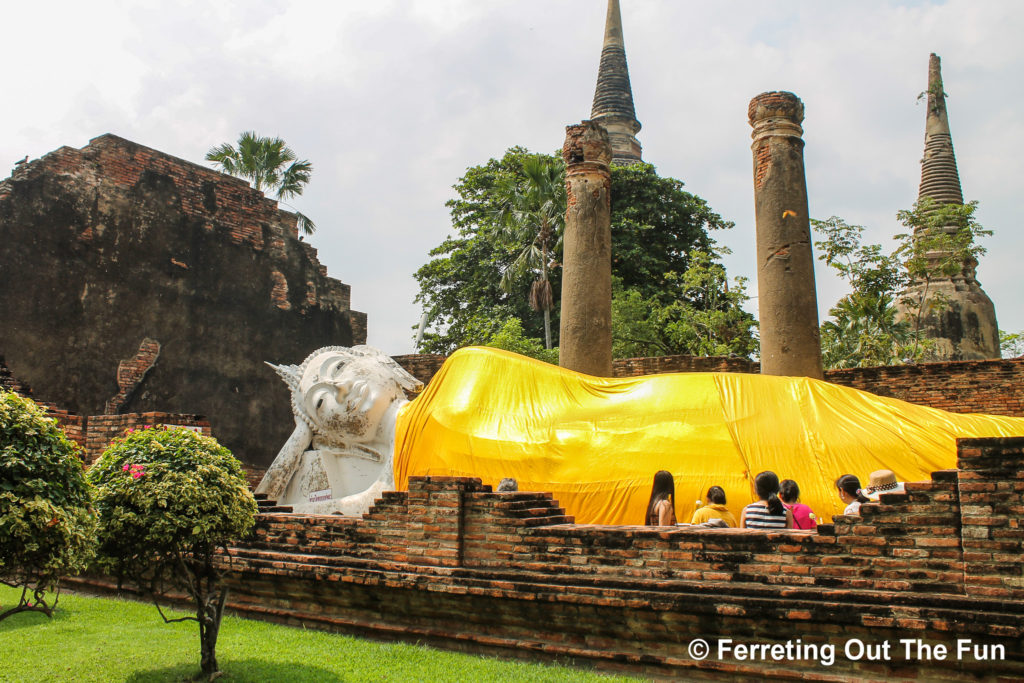
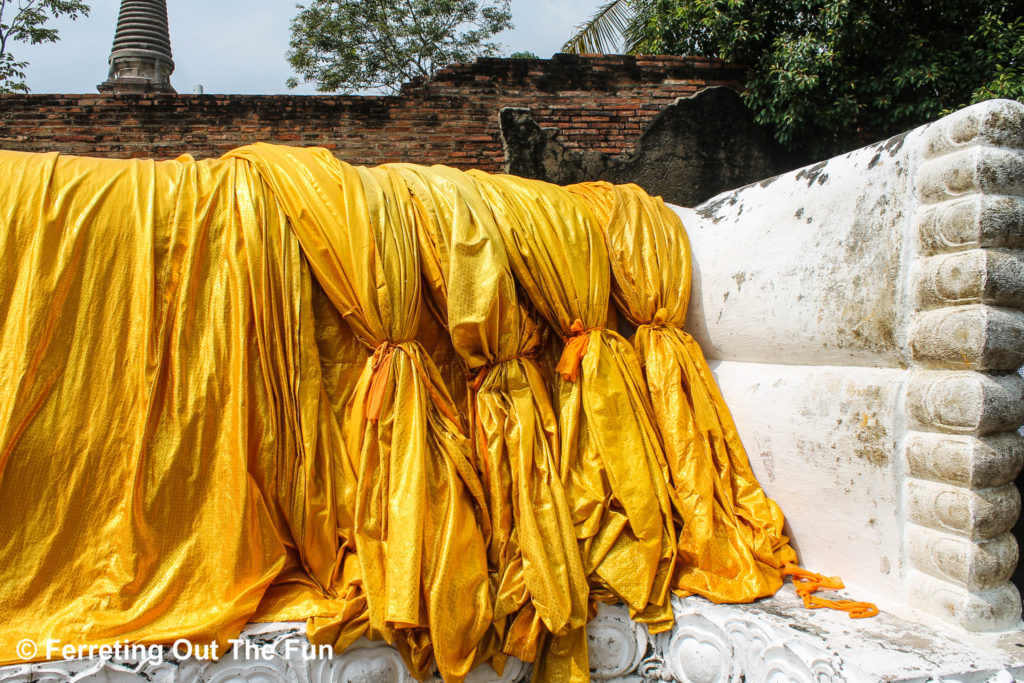
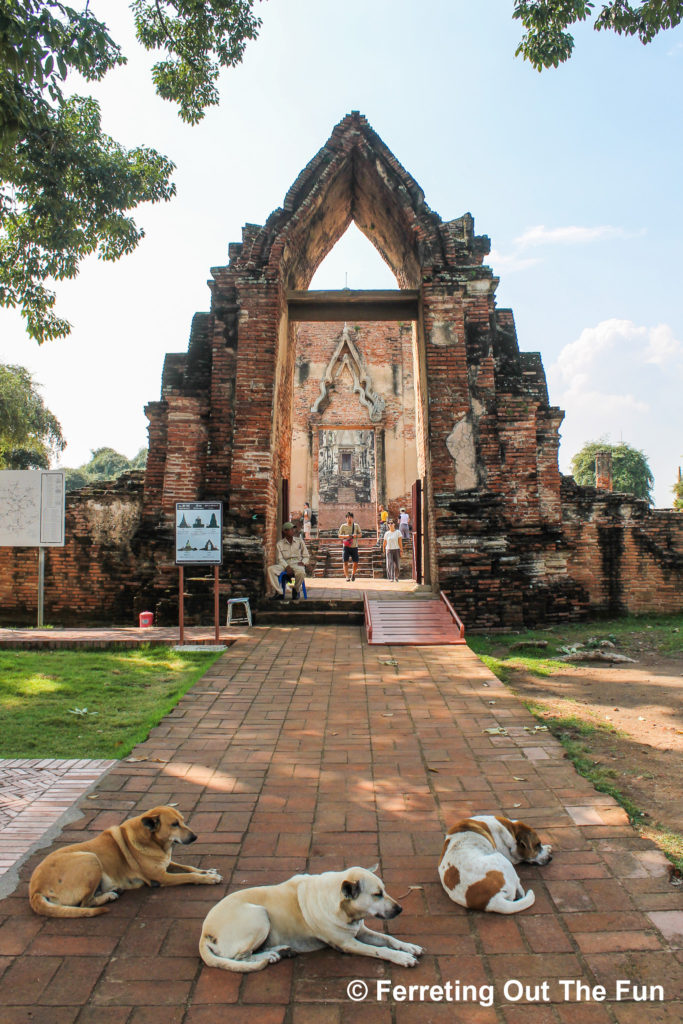
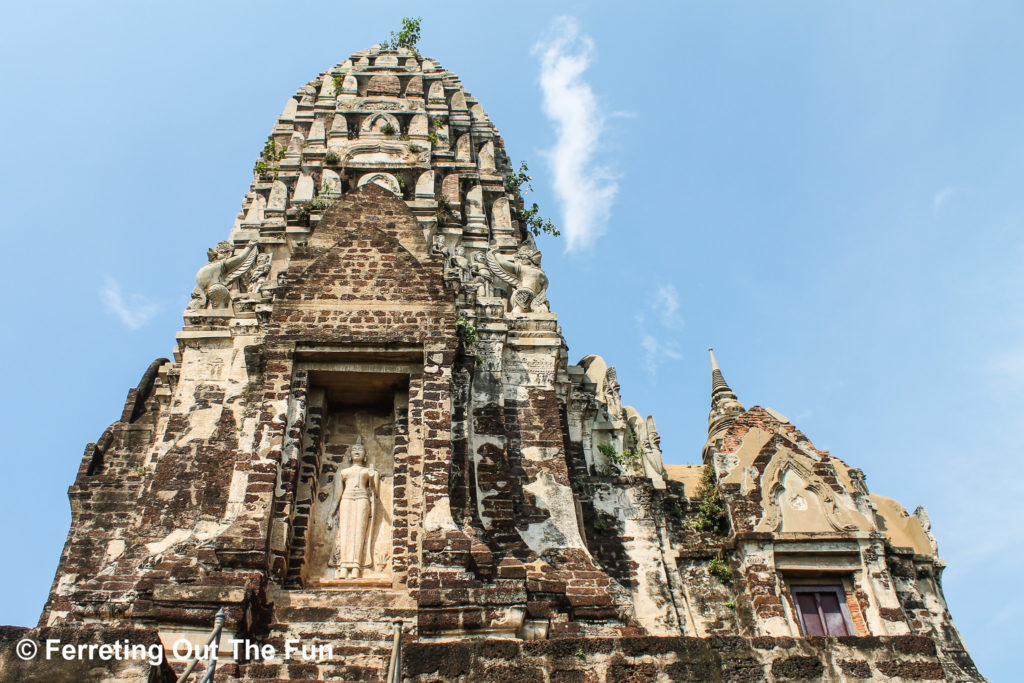
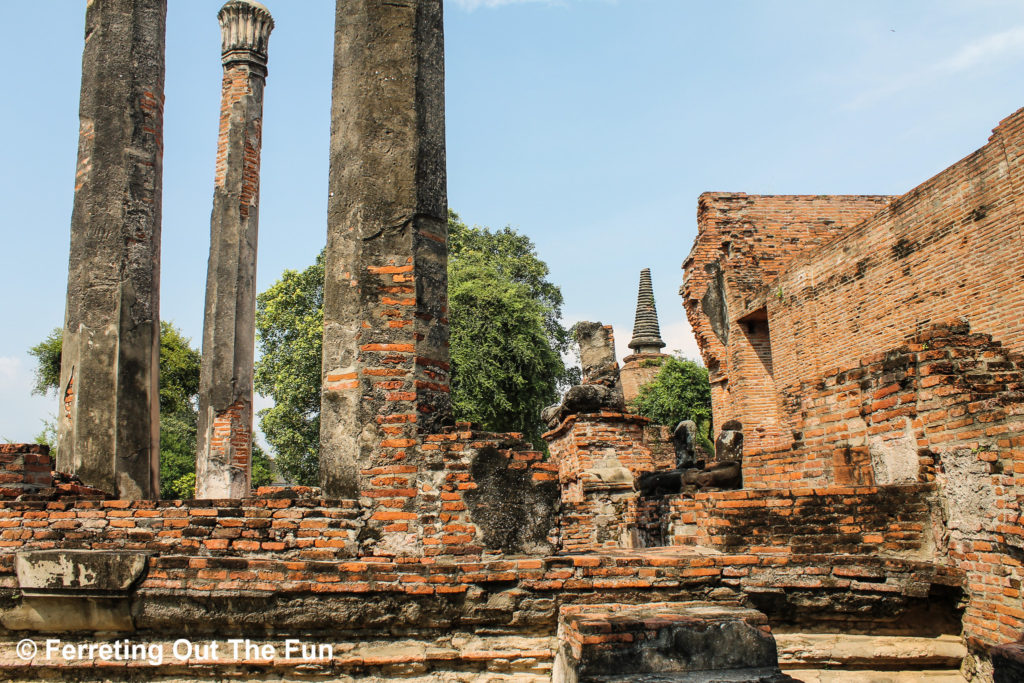
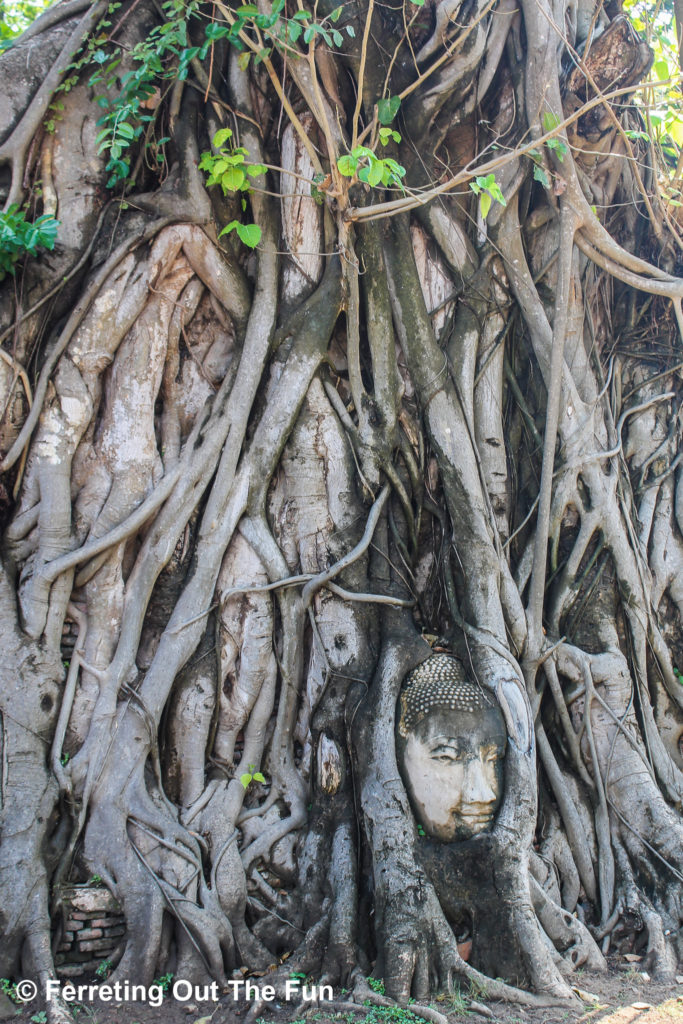
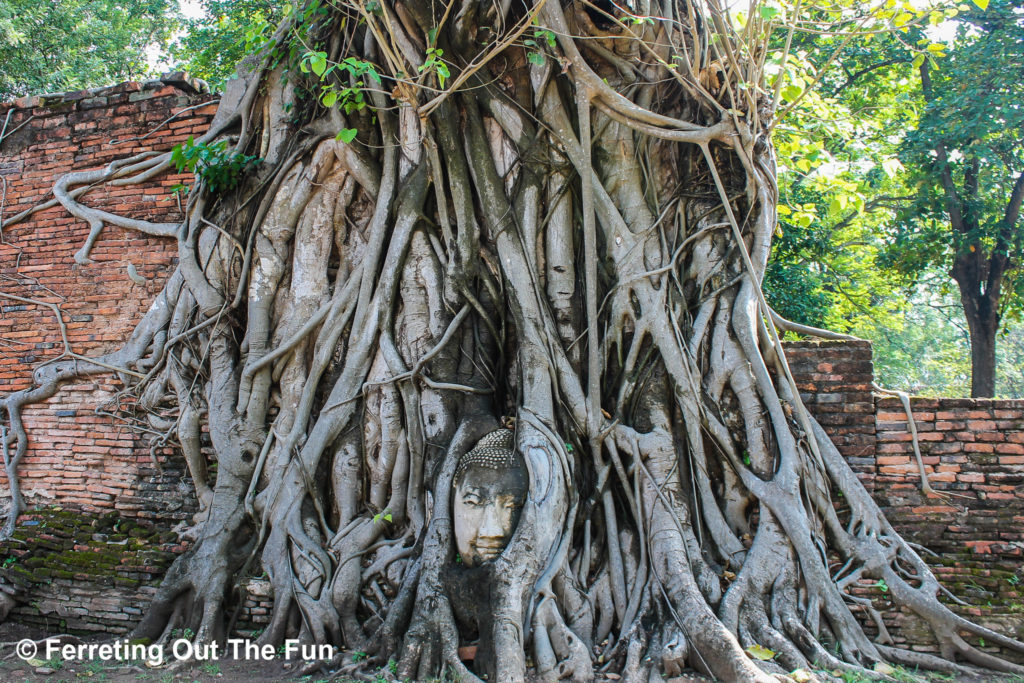
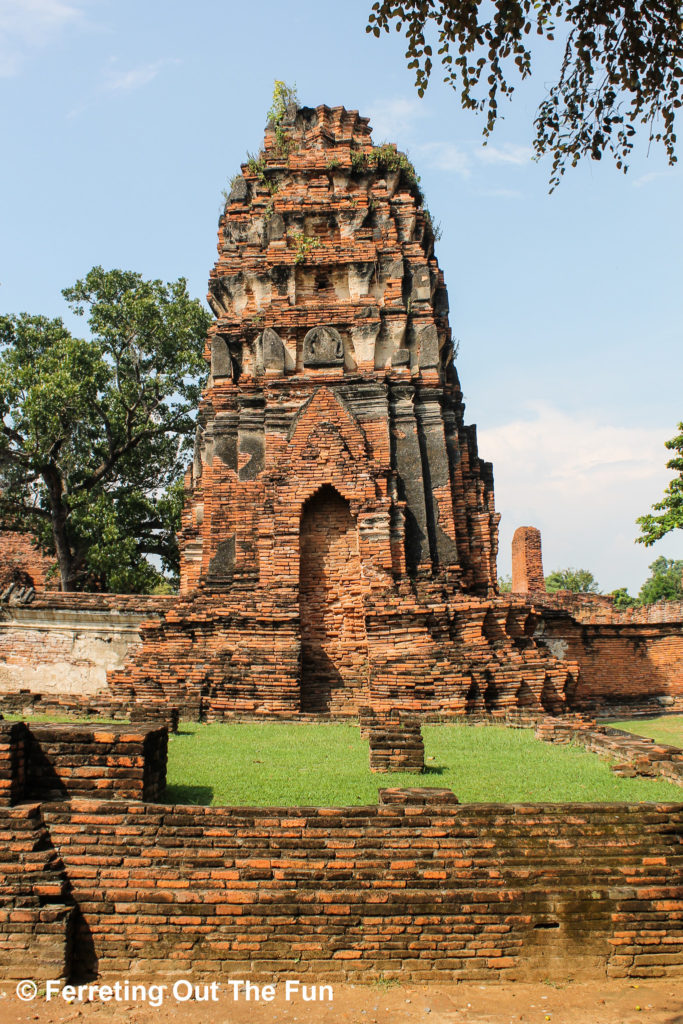
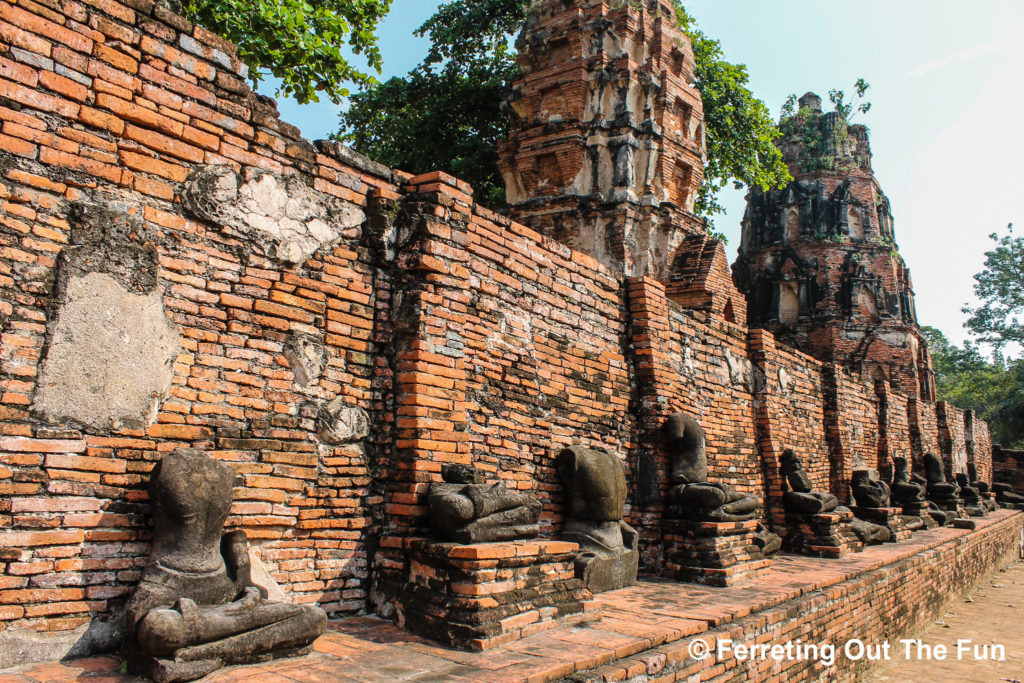
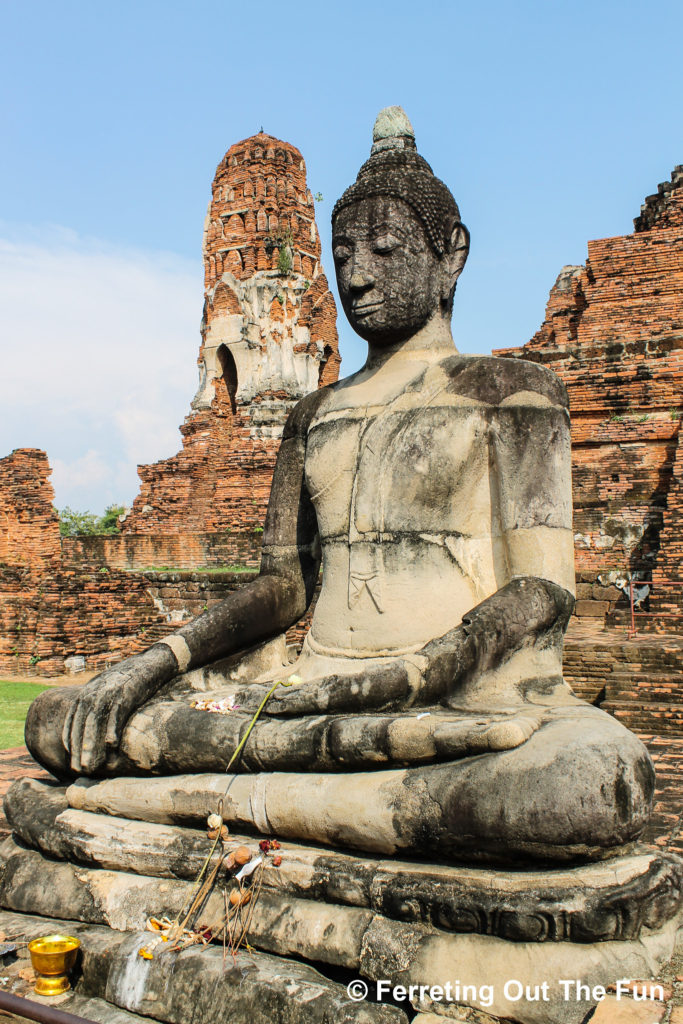
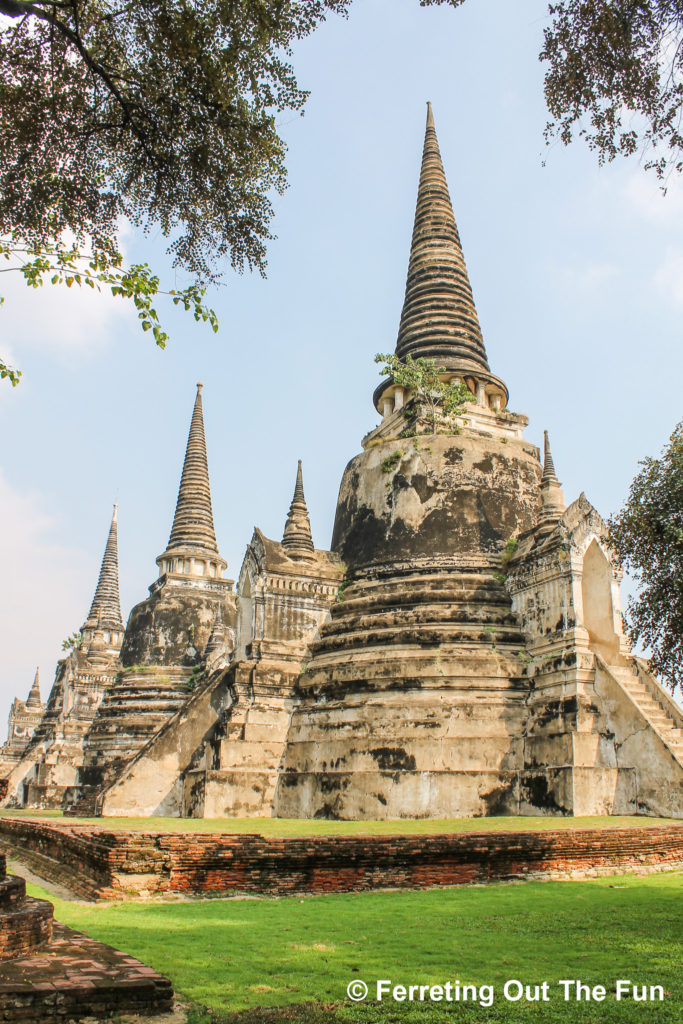
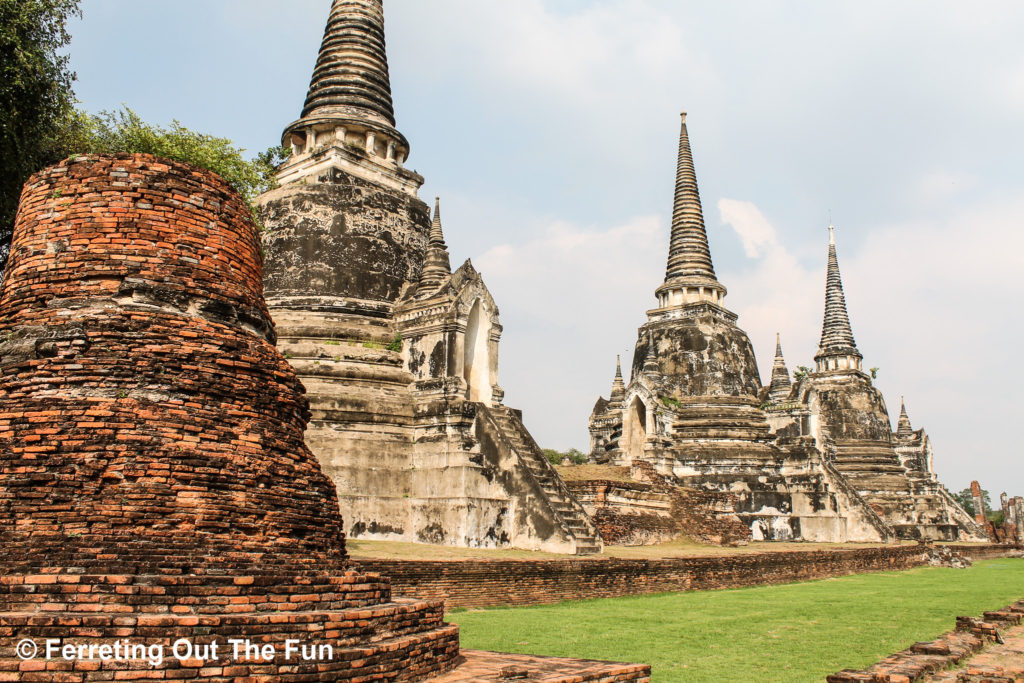
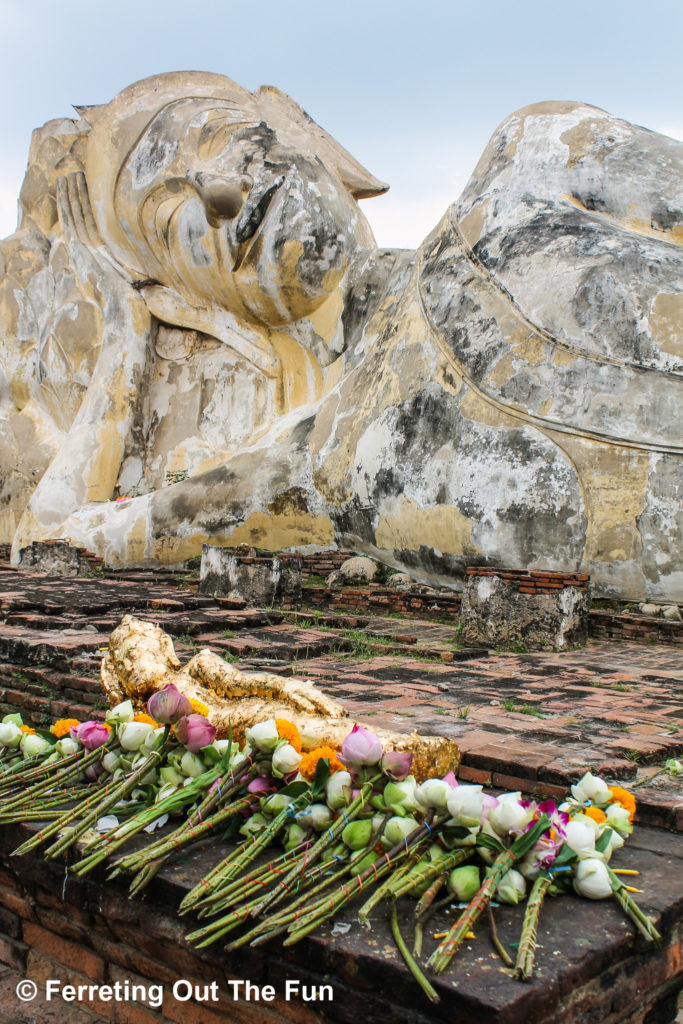
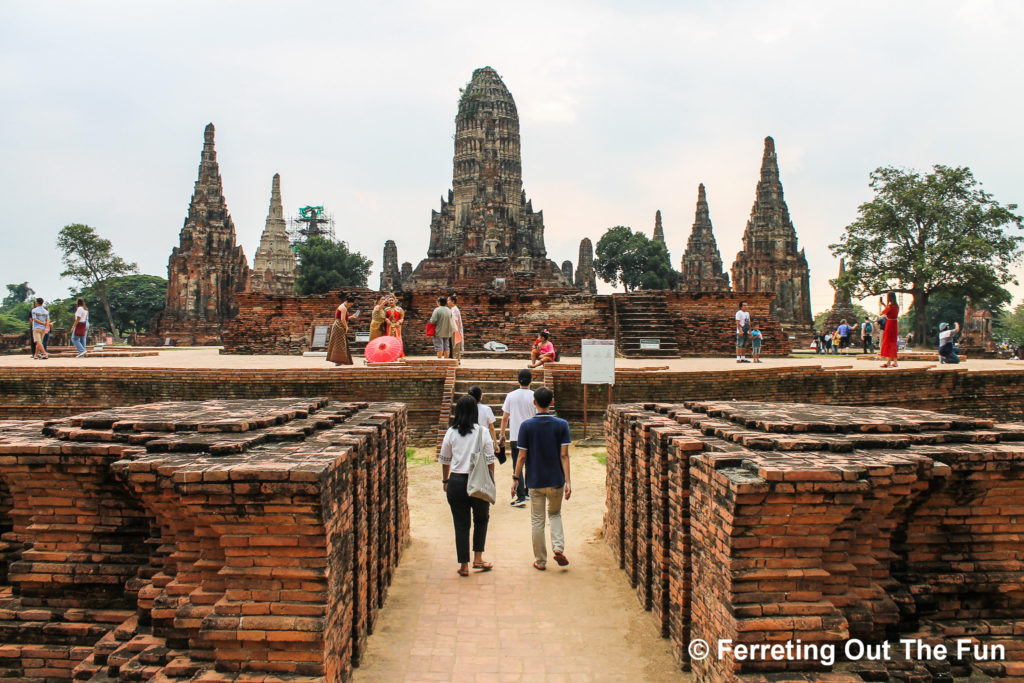
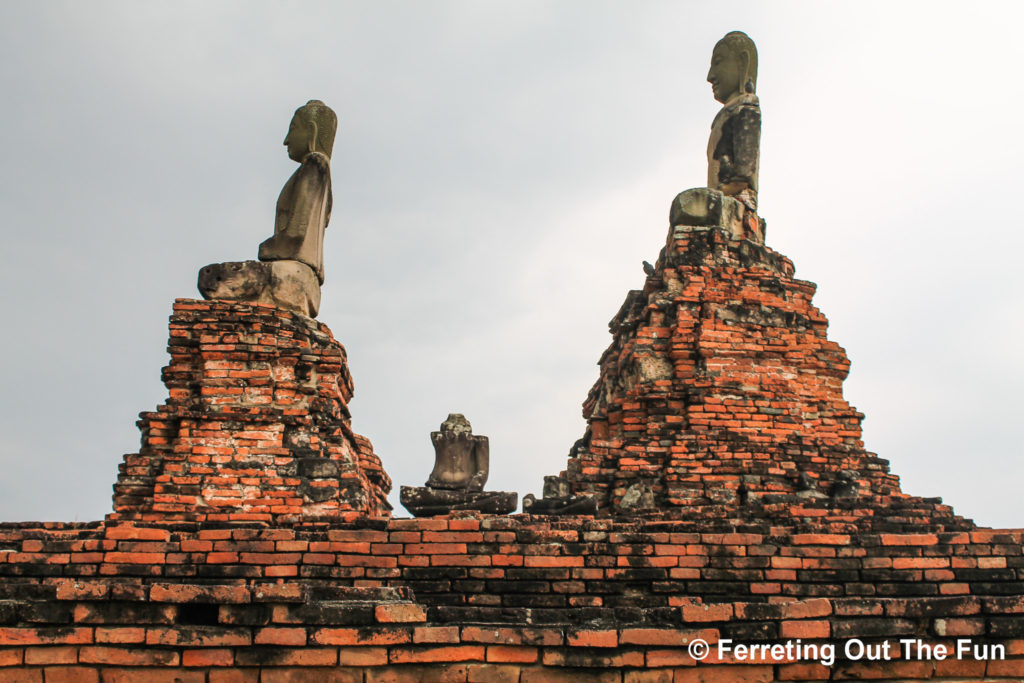
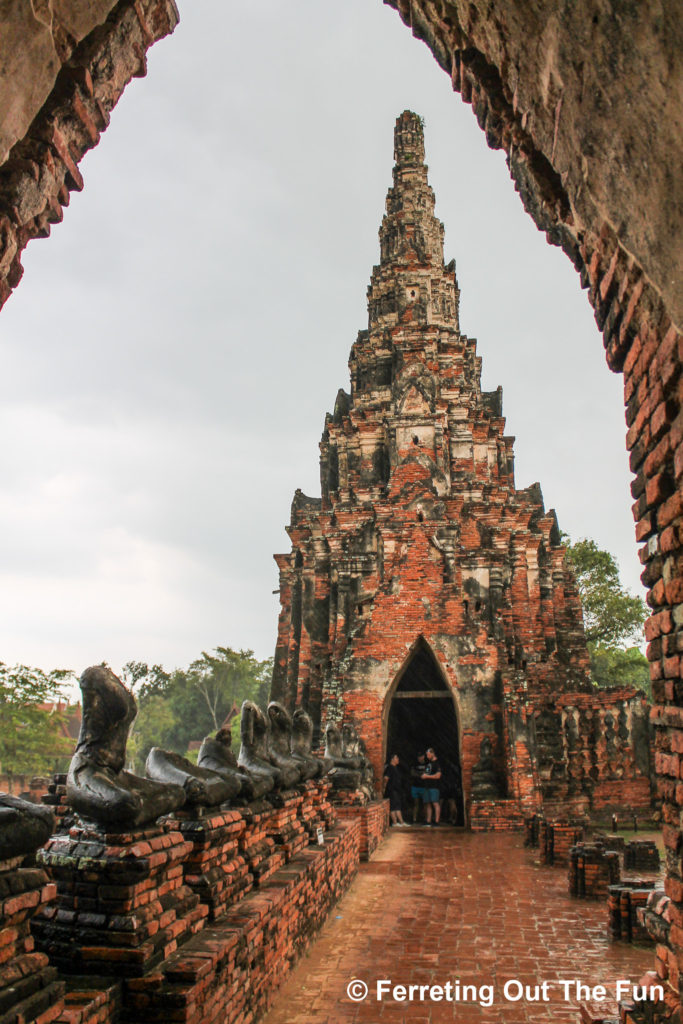
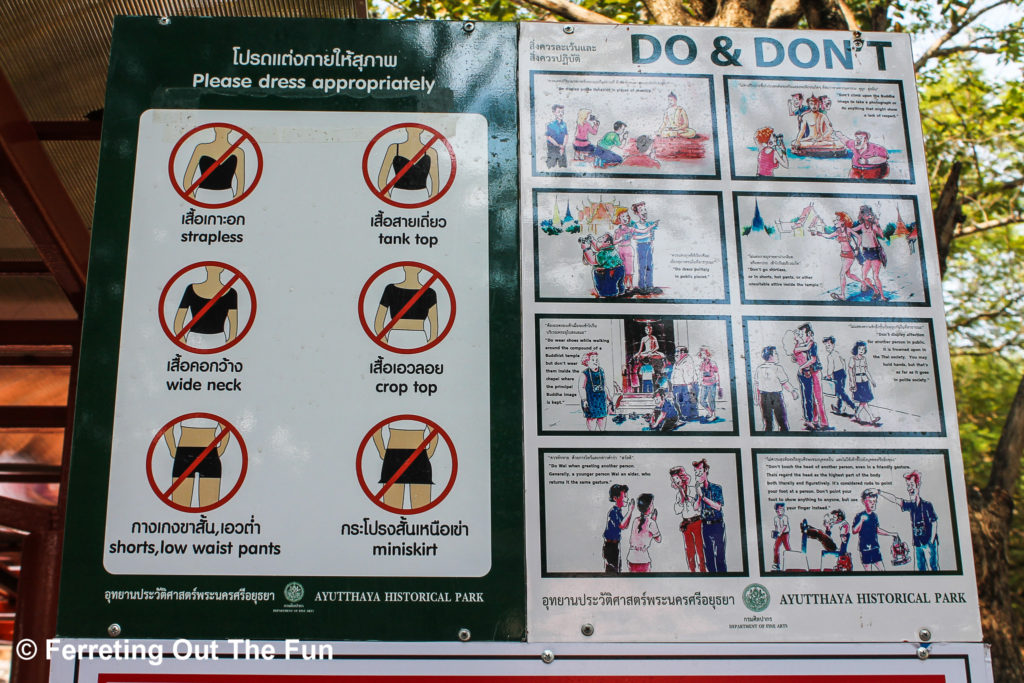
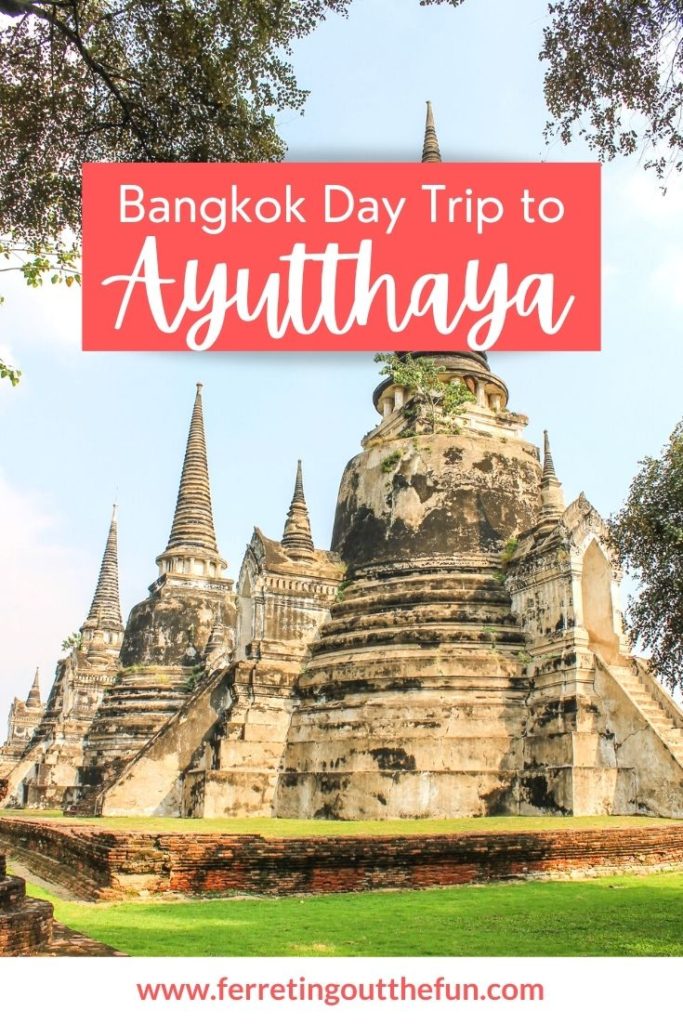
So many good memories of this day trip! I particularly liked Wat Lokaya Sutha. Although less grand, it was quite charming. Definitely worth the effort!
What a great day trip!! You got to see so much. Sorry I wasn’t along for the ride – maybe next time 🤪🤪🤪🤪
With epic tropical beauty, ancient temples, amazing food scene and vibrant nightlife, Thailand truly has a chaotic charm to it that attracts people from across the globe. The country, also referred to as the Land of Smiles, never disappoints.